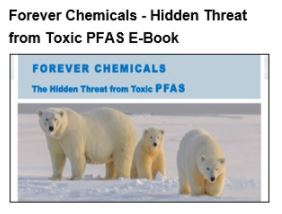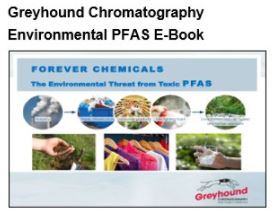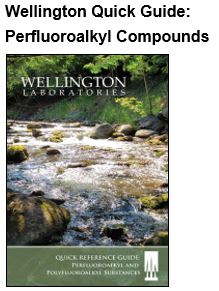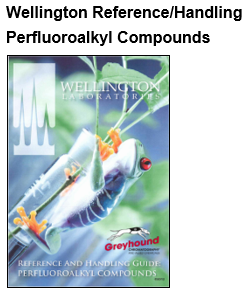Mussels can help monitor heavy metal pollution
Environmental scientists around the world understand the need to monitor the consequences that population growth and industrial development have on various habitats. Human activity can exert drastic effects that become obvious during an environmental impact assessment. Rampant use of fertilizer in agriculture leads to eutrophication of water. Liberal application of pesticides may unintentionally harm benign species of insects. Clear-cutting forests removes plants that are essential to the reduction of greenhouse gases.
Researchers continue to develop new tools that can gauge these effects accurately and inexpensively. One team of scientists from Universiti Putra Malaysia demonstrated that mussels can be useful in monitoring the health of coastal waters because of their ability to bioaccumulate various heavy metals, as published in the Pertanika Journal of Science and Technology.
Why are heavy metals dangerous?
Coastal waters, such as the Strait of Johore that Malaysian researchers focused on, can be pivotal contributors to the economy because of the fishing industry and aquaculture. Heavy metals that come from mining or industrial waste can pollute coastal waters, potentially harming aquatic life, human health and the economy.
Australia's Department of the Environment provides several examples of hazardous heavy metals:
Cadmium. Cadmium may enter the environment because of zinc, copper, lead and iron ore treatment. It is a likely carcinogen among both humans and animals.
Chromium. Chromium emissions may come from leather tanning, metal finishing, cement production and various forms of manufacturing. It is highly toxic to aquatic life.
Zinc. Zinc can come from household and industrial waste, and pollute the water during various stages of zinc mining and finishing. An overabundance of zinc can be easily harmful to any organism. Its toxicity tends to depend on water hardness and pH.
Lead. Mining and metal manufacturing are the biggest producers of lead pollution. It is highly toxic to organisms and tends to be persistent in the environment, particularly after it attaches itself to other particles.
How do mussels help environmental scientists?
At the Universiti Putra Malaysia, researchers pointed out that mussels have been used in monitoring water quality for years in places such as the Boston Harbor, the Mediterranean Sea and Argentina. To assess whether this method would also be useful for the Strait of Johore between Malaysia and Singapore, the authors of the new study gathered mussels from a clean portion of the coastal waters and transplanted them in cages to a more polluted area.
Results suggested that the eastern portion of the straight had high levels of heavy metal pollution compared to the western portion. The offending pollutants included cadmium, chromium, zinc, lead, copper, iron and nickel. These observations were possible because of the way that different heavy metals bioaccumulated in the mussels' external filaments and shells.
While the former was useful in measuring levels of nickel, cadmium, zinc and lead, the latter allowed for monitoring of copper, nickel and lead. Furthermore, the researchers noted that zinc bioaccumulated the fastest, and cadmium the slowest.
Overall, mussels may be useful to environmental impact assessment because they are cheap and tolerant of high concentrations of heavy metals.
CONTACT US
Tel: +44 (0) 151 649 4000
Email: marketing@greyhoundchrom.com
FOLLOW US
YOU MAY ALSO BE INTERESTED IN OUR NEWSLETTER














